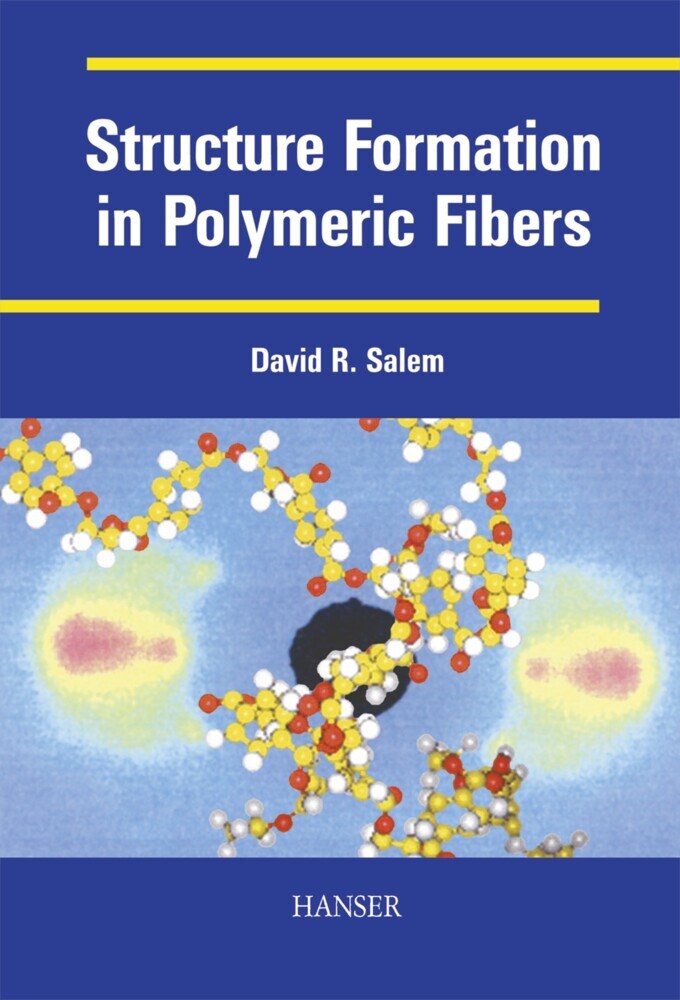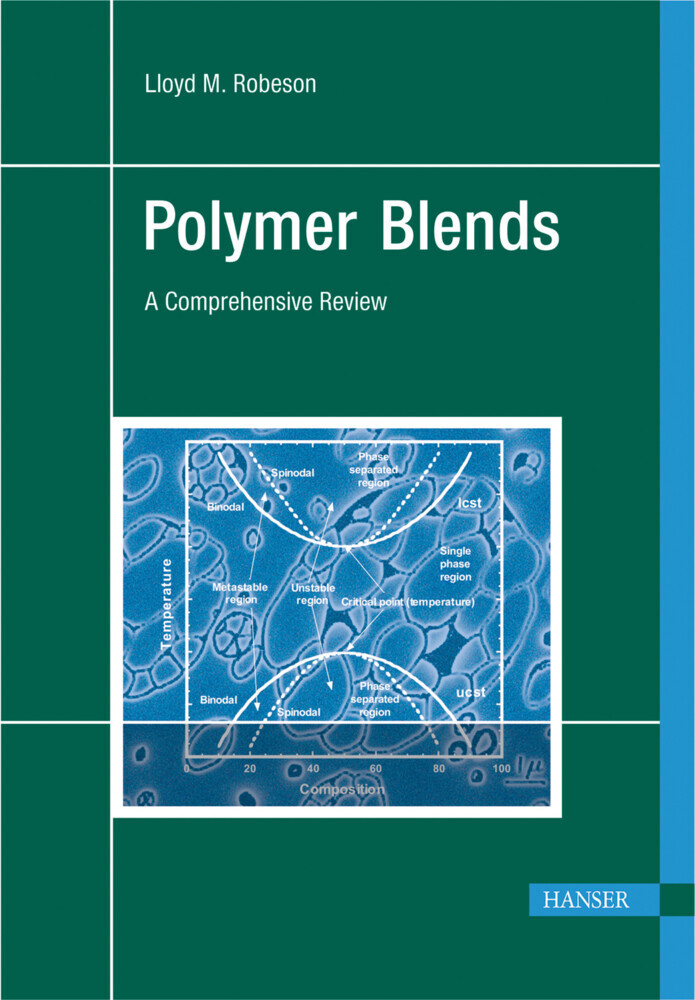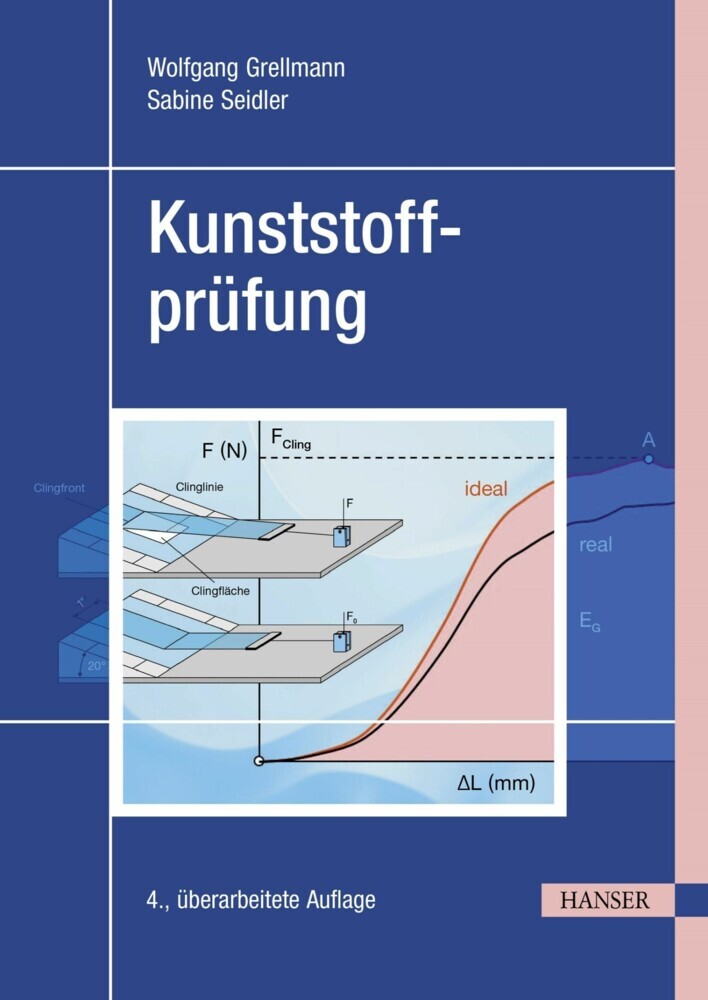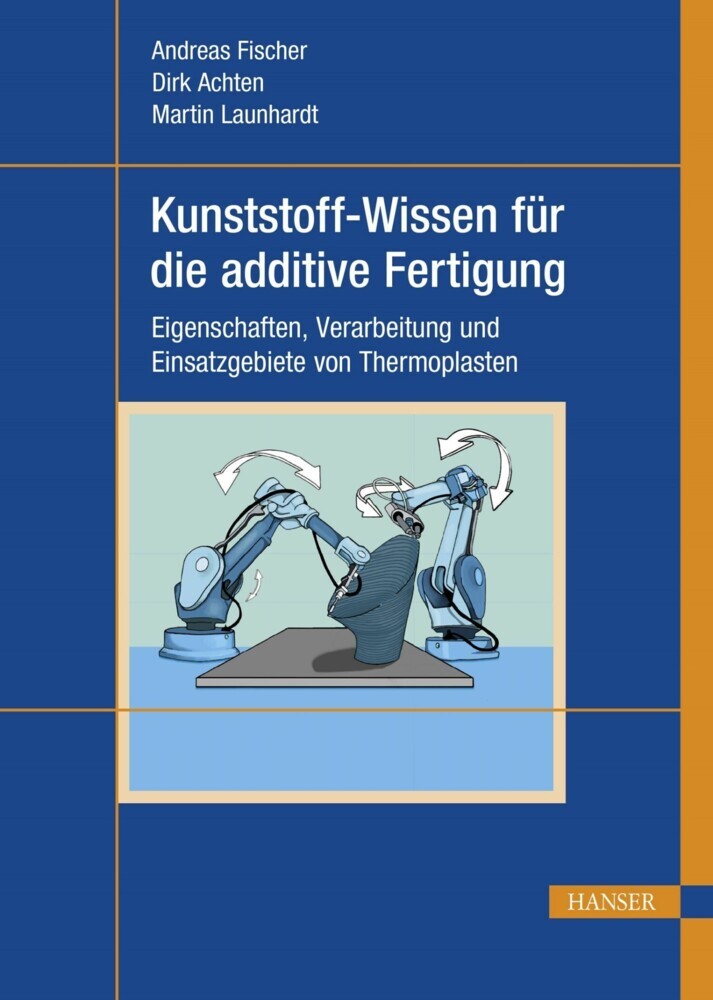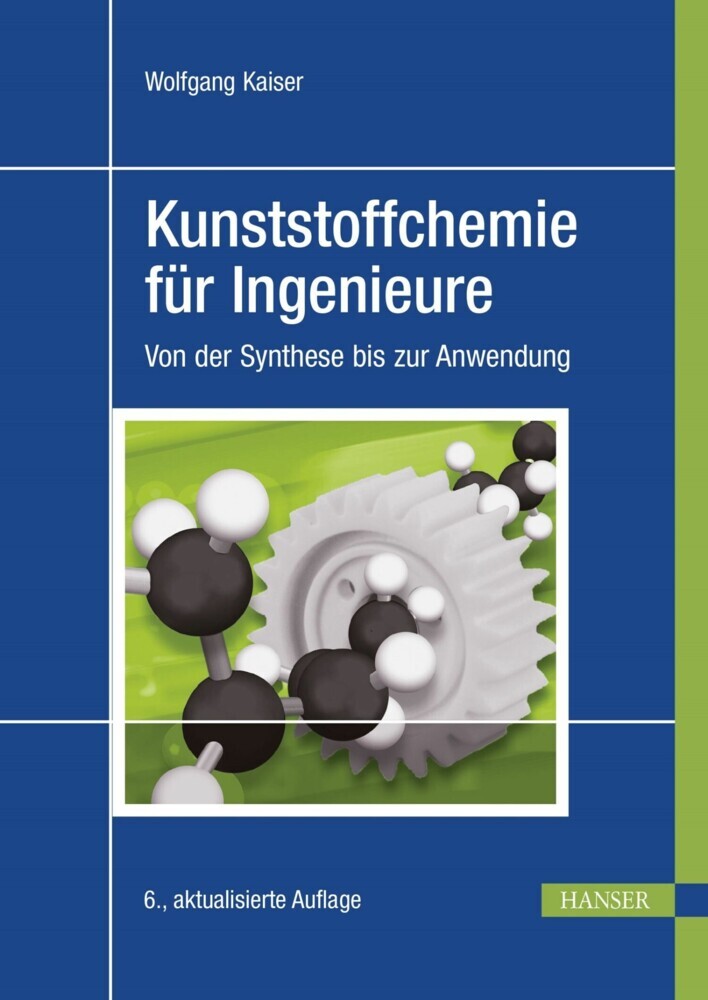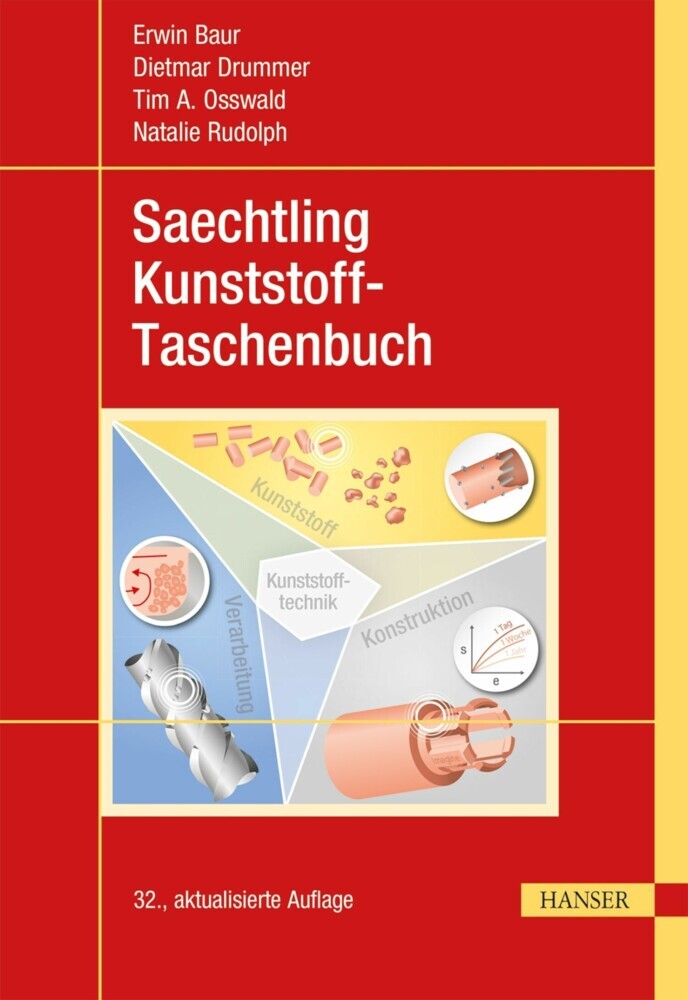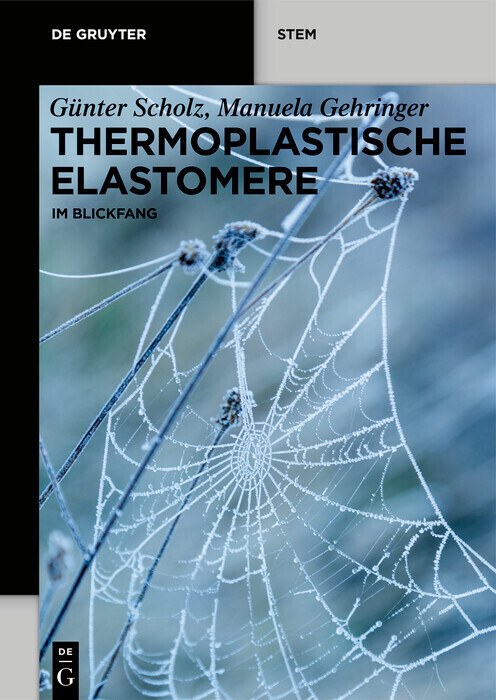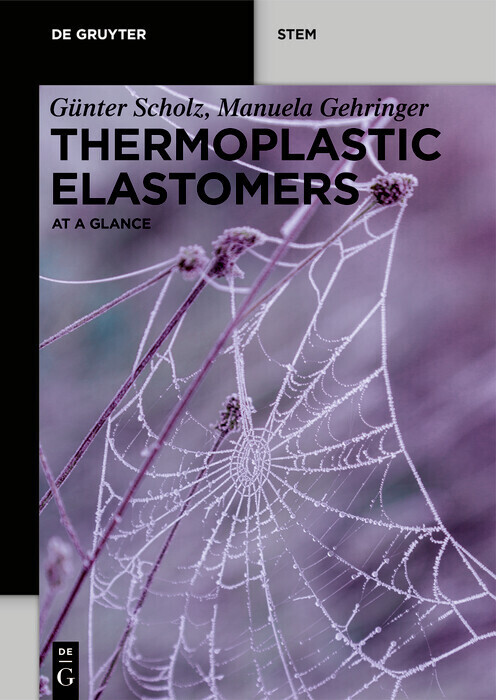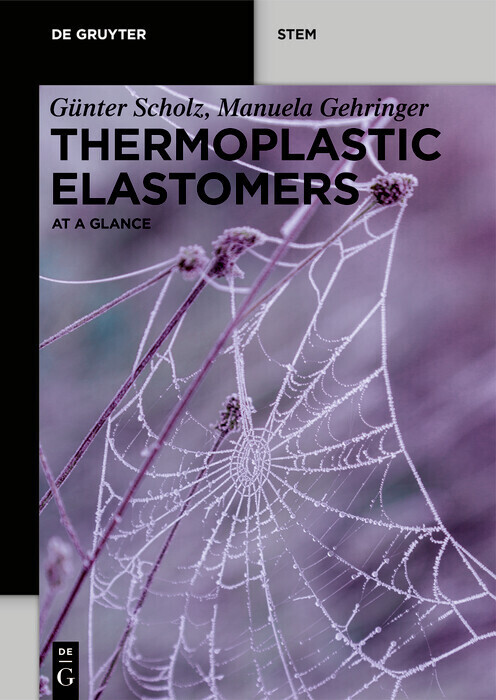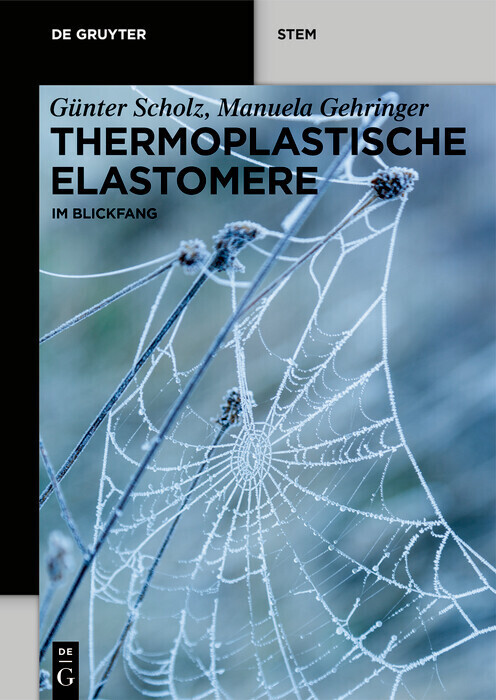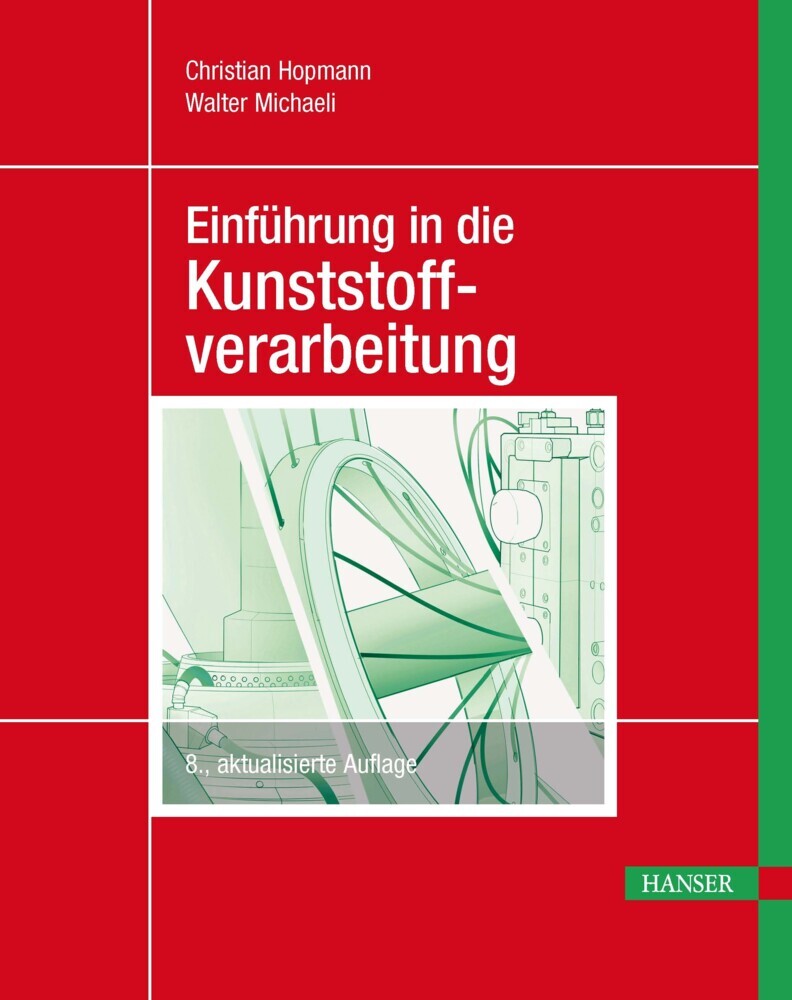Structure Formation in Polymeric Fibers
Structure Formation in Polymeric Fibers presents a comprehensive and critical review of the science of fiber formation, with special emphasis on the evolution of microstructure and its relationship to process conditions and molecular properties. The thorough discussion of the structure and properties of most types of polymeric fibers (rigid rod, flexible chain, polymer blends, and copolymers) and the different routes to fiber formation will provide the understanding necessary for solving product and process development problems, and for enhancing productivity and product performance.
The book will be a primary resource for all scientists and engineers involved in the research and practice of fiber formation and to students taking courses in polymer physics, polymer engineering, fiber science, and chemical engineering. It should also be of value to those interested in the general phenomena of polymer deformation, orientation, and structure development.
Contents
· Variations on a Theme of Uniaxial Orientation
· Structure Formation During Melt Spinning
· Advances in the Control of Spinline Dynamics for Enhanced Properties
· Structure Formation During Drawing of Flexible Chain Polymers
· Basic Aspects of Solution(Gel)-Spinning and Ultra-Drawing of PE-UHMW
· Electrospinning and the Formation of Nanofibers
· Fibers from Liquid Crystalline Polymers
· Solvent Spun Cellulose Fibers
· Carbon Fibers
· Fibers from Electrically Conductive Polymers
· Fibers from Polymer Blends and Copolymers
· Thermomechanical Processing: Structure and Properties
· Microstructure Characterization
· Fiber Formation and the Science of Complexity
The book will be a primary resource for all scientists and engineers involved in the research and practice of fiber formation and to students taking courses in polymer physics, polymer engineering, fiber science, and chemical engineering. It should also be of value to those interested in the general phenomena of polymer deformation, orientation, and structure development.
Contents
· Variations on a Theme of Uniaxial Orientation
· Structure Formation During Melt Spinning
· Advances in the Control of Spinline Dynamics for Enhanced Properties
· Structure Formation During Drawing of Flexible Chain Polymers
· Basic Aspects of Solution(Gel)-Spinning and Ultra-Drawing of PE-UHMW
· Electrospinning and the Formation of Nanofibers
· Fibers from Liquid Crystalline Polymers
· Solvent Spun Cellulose Fibers
· Carbon Fibers
· Fibers from Electrically Conductive Polymers
· Fibers from Polymer Blends and Copolymers
· Thermomechanical Processing: Structure and Properties
· Microstructure Characterization
· Fiber Formation and the Science of Complexity
1;Contributors;72;Contents;93;Preface;184;1 Variations on a Theme of Uniaxial Orientation: Introductory Remarks on the Past, Present and Future of Fiber Formation;205;2 Structure Formation During Melt Spinning;245.1;2.1 Concepts and Theories;265.1.1;2.1.1 Introduction;265.1.2;2.1.2 An Engineering Analysis of the Process;285.2;2.2 Experimental Observations and Discussion;485.2.1;2.2.1 Polyolefins;485.2.2;2.2.2 Polyesters;715.2.3;2.2.3. Polyamides;865.2.4;2.2.4 Other Homopolymers;945.2.5;2.2.5 Copolymers Developed for Specialty Applications;965.2.6;2.2.6 Polymer Blends and Bicomponent Fibers;1025.3;2.3 Concluding Remarks;1065.4;Acknowledgments;1065.5;2.4 References;1066;3 Advances in the Control of Spinline Dynamics for Enhanced Fiber Properties;1146.1;3.1 Introduction;1146.2;3.2 Moving Beyond Imposed Limits as Take-Up Speeds Increase;1146.2.1;3.2.1 The Dominant Forces;1146.2.2;3.2.2 Cooling and Crystallization;1186.2.3;3.2.3 Transient Effects;1206.3;3.3 Recent Development Efforts and Achievements;1226.3.1;3.3.1 Theoretical Tensile Strengths and the Potential for Vast Improvements;1226.3.2;3.3.2 The Ideal One-Step Spinning Process;1226.3.3;3.3.3 Patented Advances in Fiber Melt Spinning;1246.4;3.4 The Preferred Route to Judicious Control of Spinline Dynamics;1286.4.1;3.4.1 Judicious Control via Radical Change;1286.4.2;3.4.2 The Response of Spinline Dynamics;1286.4.3;3.4.3 Unprecedented As-Spun Fiber Properties;1306.4.4;3.4.4 The Concept of Extended Chains and Enhanced Molecular Connectivity;1326.5;3.5 Potential Applications and Future Development;1346.6;3.6 References;1367;4 Draw-Induced Structure Development in Flexible-Chain Polymers;1387.1;4.1 Introduction;1387.2;4.2 Overview of Stress-Strain-Structure Relationships;1407.2.1;4.2.1 Modes of Deformation;1407.2.2;4.2.2 Constant Extension Rate Deformation;1427.2.3;4.2.3 Constant Force Deformation;1527.3;4.3 Orientation-Induced Crystallization;1547.3.1;4.3.1 General Concepts;1547.3.2;4.3.2 The Case of Poly(ethylene terephthalate);1567.3.3;4.3.3 Other Polymers;1707.4;4.4 Theory and Modeling;1727.4.1;4.4.1 Stress-Strain-Orientation Behavior;1727.4.2;4.4.2 Crystallization;1817.4.3;4.4.3 Molecular Dynamics Simulations;1827.5;4.5 Morphology;1847.5.1;4.5.1 Range of Order;1847.5.2;4.5.2 Three Phase Models;1847.6;4.6 Structure-Property Relationships;1867.6.1;4.6.1 Tensile Modulus, Strength, Yield, and Elongation at Break;1887.6.2;4.6.2 Dimensional Stability;1907.6.3;4.6.3 Penetrant Diffusion;1907.7;4.7 High Performance Fibers;1927.7.1;4.7.1 Apolar Polymers;1927.7.2;4.7.2 Polar Polymers;1947.8;4.8 References;1988;5 Basic Aspects of Solution(Gel)-Spinning and Ultra-Drawing of Ultra-High Molecular Weight Polyethylene;2058.1;5.1 Introduction;2078.2;5.2 The Ultimate Stiffness and Strength of Flexible Polymers;2088.2.1;5.2.1 The Ultimate Tensile Modulus;2088.2.2;5.2.2 The Ultimate Tensile Strength;2088.2.3;5.2.3 Infinite vs. Finite Chains;2088.2.4;5.2.4 Chain Alignment, Orientation vs. Extension;2108.3;5.3 Chain Orientation and Chain Extension;2148.3.1;5.3.1 The Single Chain;2148.3.2;5.3.2 An Ensemble of Chains;2168.4;5.4 Drawing of Polyethylene in the Solid-State;2188.4.1;5.4.1 Solid-State Drawing of Polyethylenes;2188.4.2;5.4.2 Solution(Gel)-Crystallized Polyethylene;2208.4.3;5.4.3 Solvent-Free Processing of UHME-PE; Nascent Reactor Powders;2228.4.4;5.4.4 Modeling of the Drawing Behavior;2308.4.5;5.4.5 Drawing Behavior of Other Polymer Systems;2368.5;5.5 Properties of Polyethylene Fibers, 1-D vs. 3-D;2388.5.1;5.5.1 Tensile Strength (1-D);2388.5.2;5.5.2 Polyethylene Fibers in Composites (3-D);2408.5.3;5.5.3 Miscellaneous Properties of UHMW-PE Fibers;2408.6;5.6 Concluding Remarks;2408.7;5. 7 List of Symbols and Abbreviations;2428.8;5.8 References;2429;6 Electrospinning and the Formation ofNanofibers;2449.1;6.1 Introduction;2459.2;6.2 Electrospinning Process;2469.2.1;6.2.1 Jet Initiation and the Diameter of a Si
Salem, David R.
| ISBN | 9783446456808 |
|---|---|
| Artikelnummer | 9783446456808 |
| Medientyp | E-Book - PDF |
| Copyrightjahr | 2018 |
| Verlag | Carl Hanser Fachbuchverlag |
| Umfang | 580 Seiten |
| Sprache | Englisch |
| Kopierschutz | Digitales Wasserzeichen |

